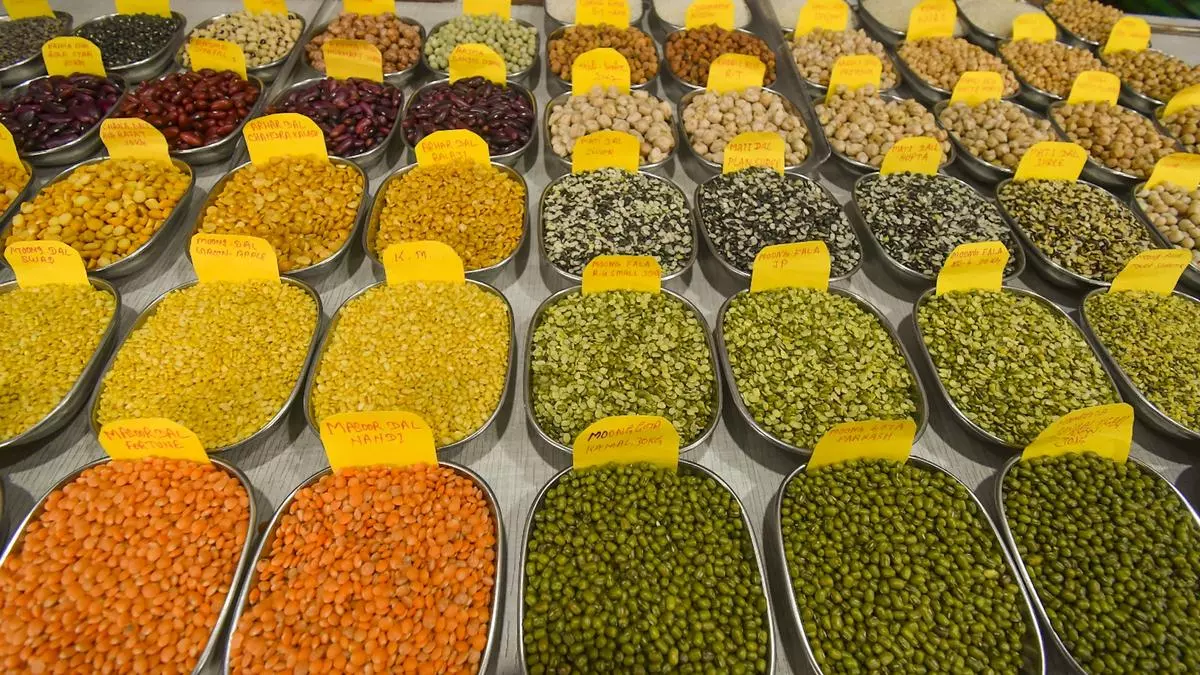Budget 2024: Govt eyes self-sufficiency in pulses production
The Government’s intent to drive self-sufficiency in production of pulses found a mention in the Union Budget presented on Tuesday. “For achieving self sufficiency in pulses and oilseeds, we will strengthen their production, storage and marketing,” Finance Minister, Nirmala Sitharaman said in her budget speech.
Though India is the largest producer of pulses, it is also the largest importer and consumer of pulses, which are a major source of protein for a vast section of the population. India’s pulses imports almost doubled to $3.74 billion during the 2023-24 fiscal compared with the previous year on shortfall in domestic output due to erratic climate conditions in the key producing regions.
Need quality seeds
Bimal Kothari, Chairman, India Pulses Grains Association, welcoming the budget announcements, said the mission should focus on improving productivity and production to achieve self-reliance. “We need to have more research on improving the quality of seeds so that our production goes up. Our yields are less and there’s a need for having better and high-yielding seeds. If the yields go up, you are also increasing the incomes of farmers. To address the challenges of small farms, we need a long term policy, so that a cluster can be developed with mechanised farming,” Kothari said.
The Government has recently announced an increase in minimum support price for kharif crops including pulses. The Agriculture Minister Shivraj Singh Chauhan said last month that the Centre is committed to procure tur, urad and masur at MSP to ensure crop diversification and achieve self-sufficiency in pulses production.
Survey’s pitch
The Economic Survey released on Monday also made a pitch for boosting pulses production through area expansion. “India faces a persistent deficit in pulses and consequent price pressures. Production of pulses is concentrated in a few States and districts in the country, and is vulnerable to biotic and abiotic stresses. More efforts are needed to expand the area under pulses, particularly lentils, tur, and urad, in more districts and rice-fallow areas. It is also worth considering promoting the summer cultivation of urad and moong in areas with assured irrigation facilities.”
The Survey also said that the time has come to promote ‘crop-neutral incentive structures.’ That would imply that pulses, oilseeds, and millets that save on power, water and fertilizers need to be rewarded with equivalent subsidies embedded in rice production.
Further, the need of the hour is to move from basic food security to nutritional security, the Survey said. “We need more pulses, millet, fruits and vegetables, milk and meat for that. Importantly, their demand is growing much faster than that of basic staples. So, farm sector policies should align more with a ‘demand-driven food system’ that is more nutritious and aligned with nature’s resource endowments,” it said.
